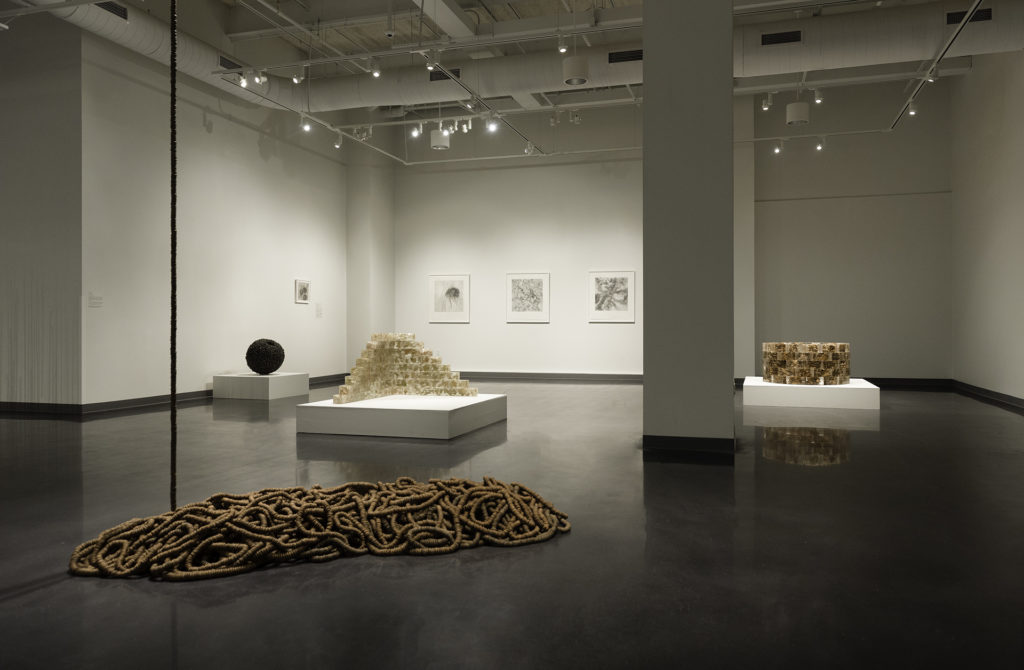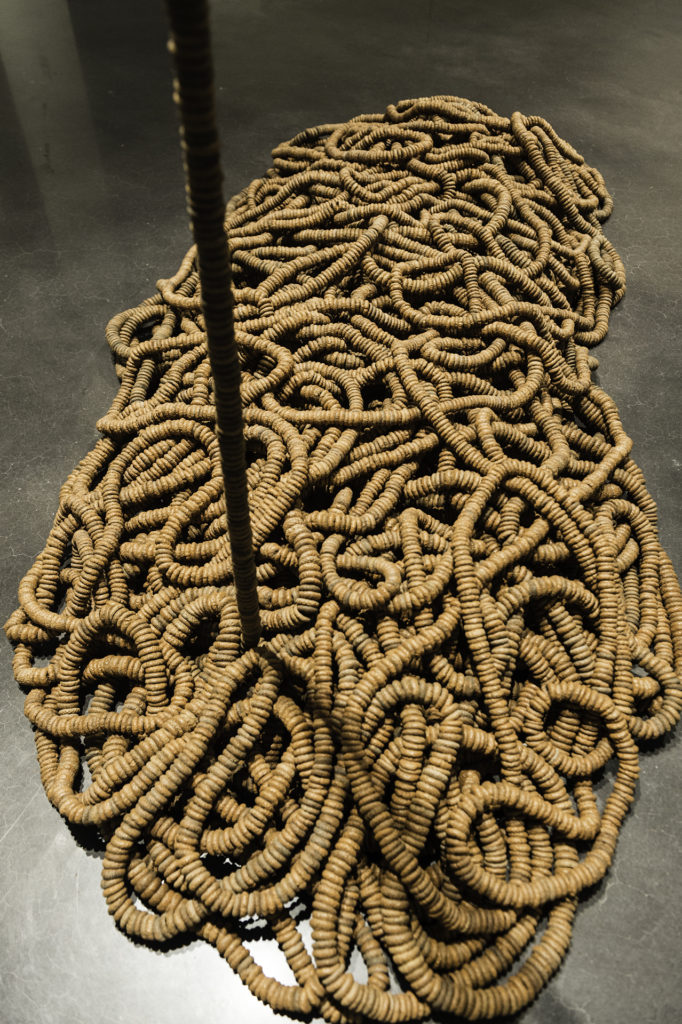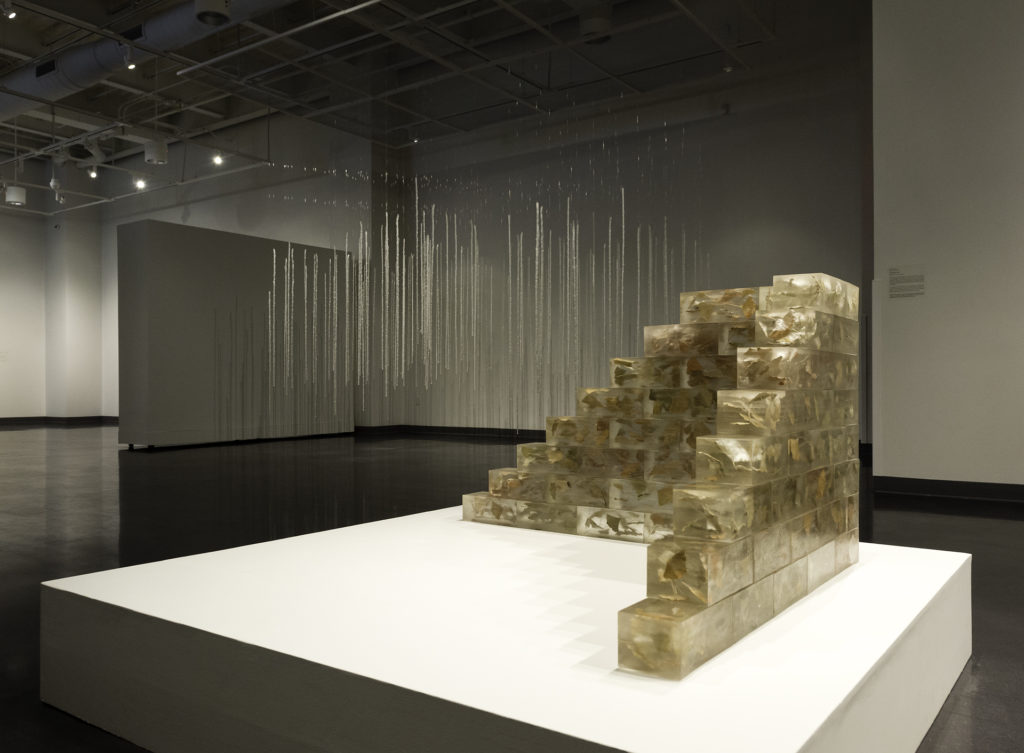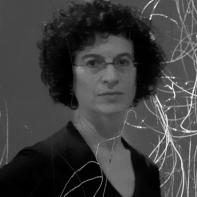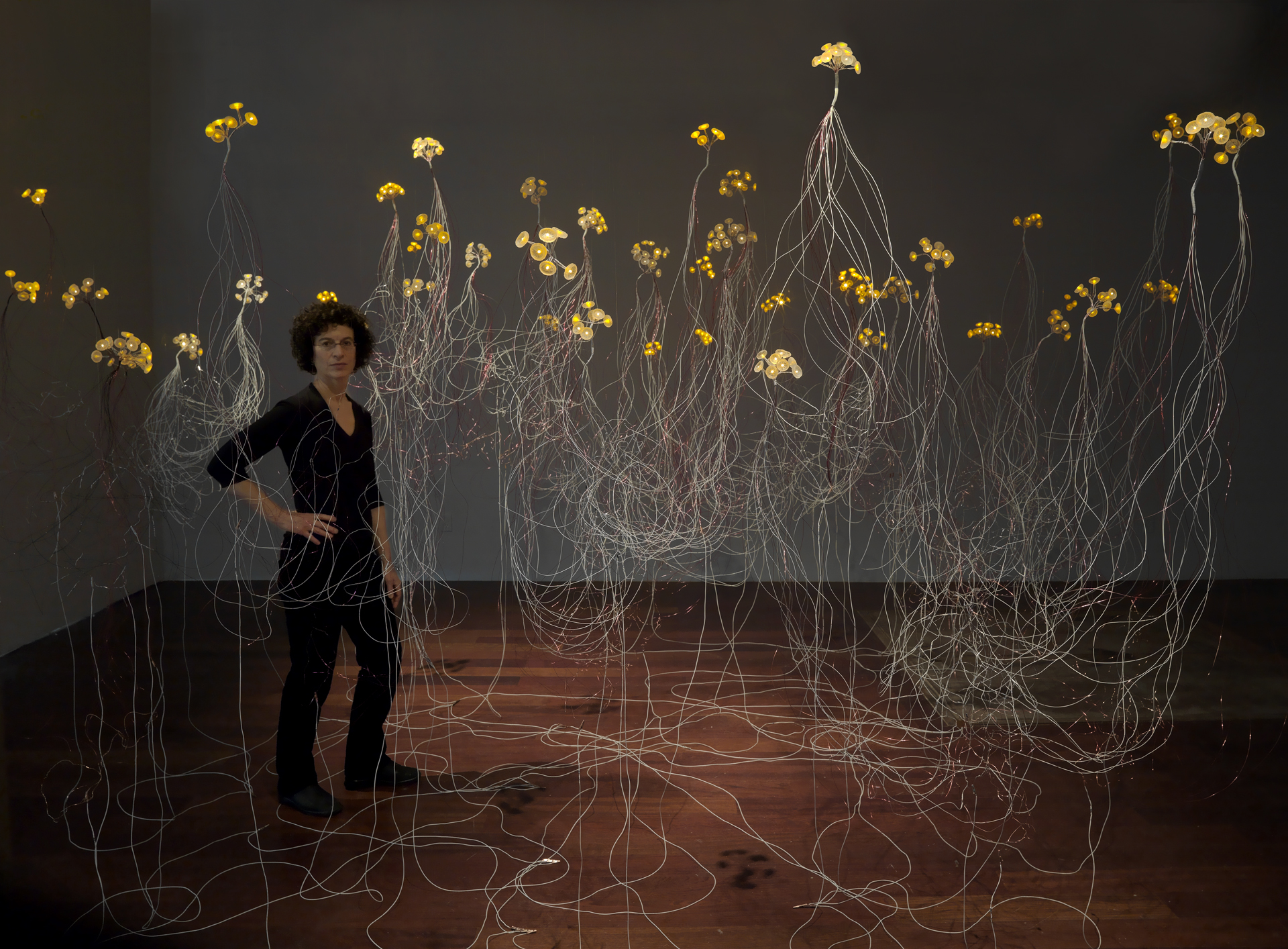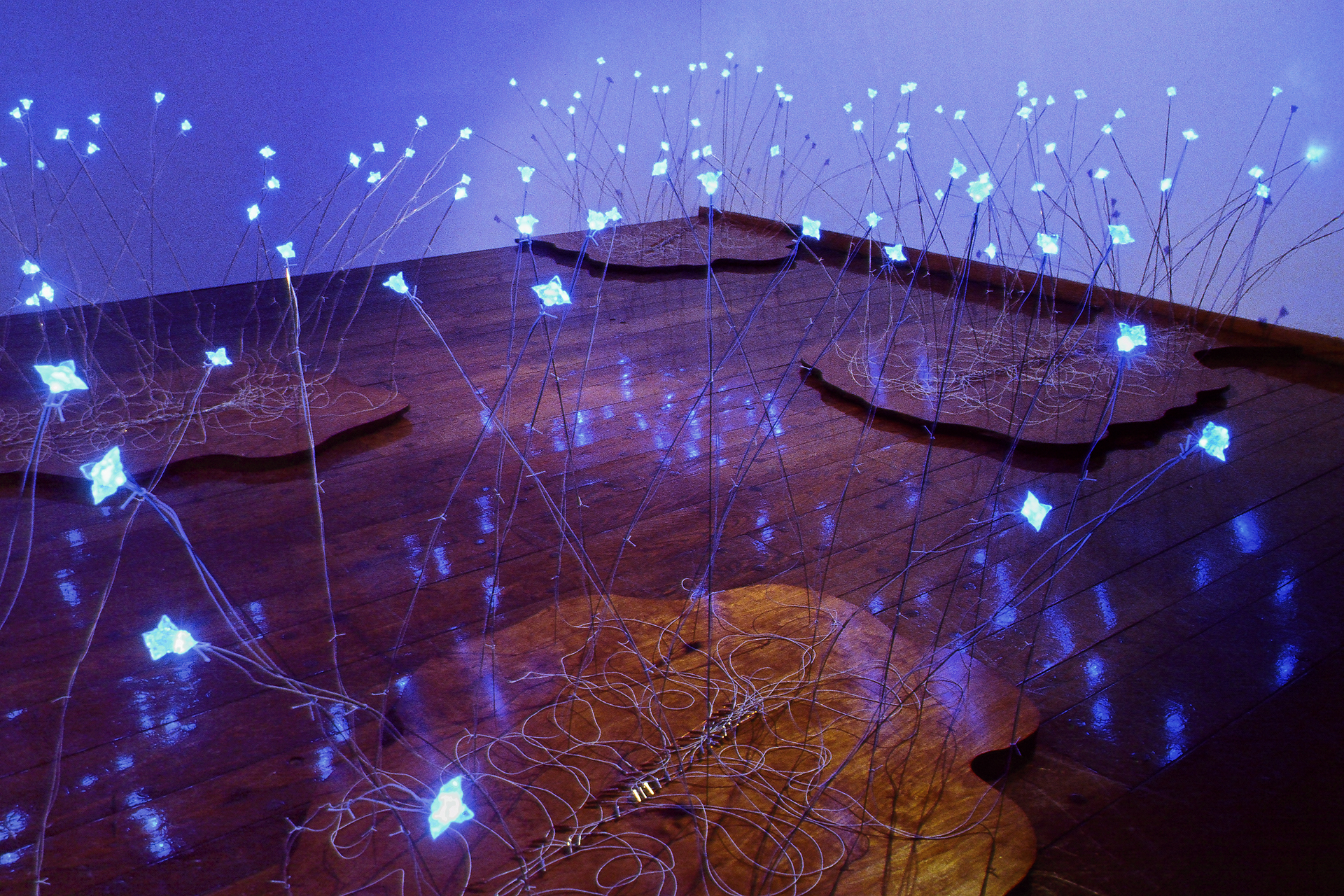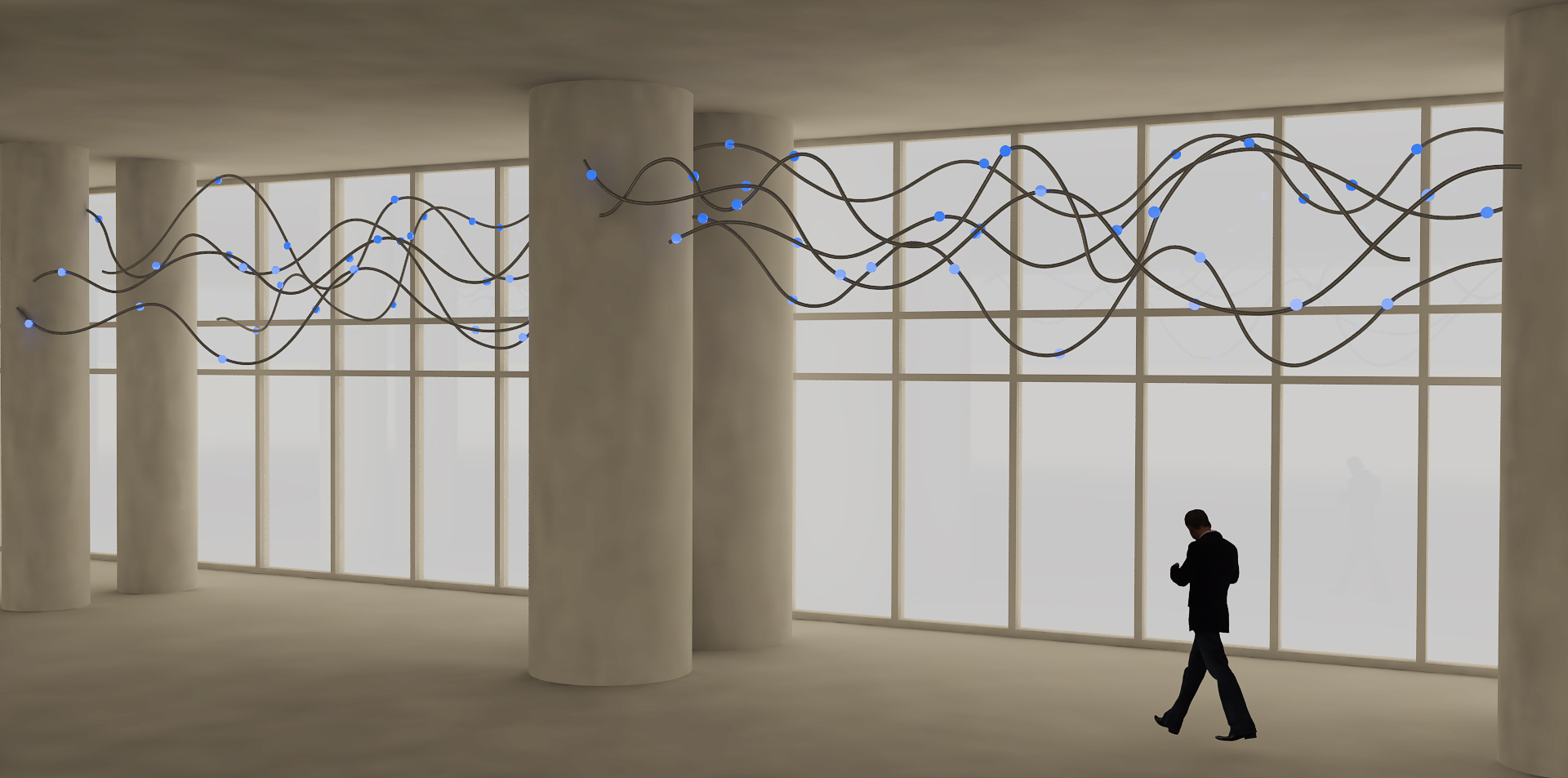Recasting Nature: Selected Sculptures by Beth Galston, 1998 – 2016
For my last Superstition Review blog in 2012, I wrote about how as a sculptor I balance the two worlds of my public commissions and private studio practice. At that time, I was focusing primarily on public art, and was about to install two new sculptures in Nashville and San Antonio. Once these projects were successfully completed, I felt the need to recharge my artistic batteries and reconnect with my studio practice.
I have spent this past year preparing for a retrospective of my work, “Recasting Nature: Selected Sculptures by Beth Galston, 1998 – 2016,” which opened on June 10 at the Susquehanna Art Museum in Harrisburg, PA and runs through September 18, 2016. It has been an incredible journey, looking back over my past works and forward as well. I’d like to share some thoughts on the exhibit and give you a quick walk-through, in words and images.
The exhibition includes key works from the “Recasting Nature” series, tracing my development over the last twenty years. Inspired by natural forms and processes, the series evolves from sculptures made of natural materials, to translucent cast resin pieces within which natural materials are embedded, to a new immersive light installation made of cast resin and LEDs controlled by a computer.
In my sculptures, I explore relationships between the natural and man-made worlds. The idea of transformation is central to my work — transforming materials, transforming a space, and transforming viewers’ perceptions.
In designing the exhibit, I wanted to keep the space spare, so there would be breathing room for people to experience the pieces. My desire was for viewers to slow down and spend time with each sculpture, and make connections between the various works. There are two large-scale installations in the space, where viewers can linger and become part of the sculptural environment.
The following is a narrated tour of the exhibition with images. Let’s get started!
Photo 1: This is an installation view of “Recasting Nature” seen from the entry. Tangle, a snaky rope made of acorn caps is in the foreground. Ginkgo Wall and Sycamore Circle, two sculptures made of cast resin blocks with leaves embedded, are in the mid space.
Photo 2: Tangle is a coiled rope made of more than 30,000 acorn caps strung together on monofilament. A vertical strand of caps rises up to the ceiling, as if summoned by a snake charmer.
Photo 3: Ginkgo Wall is in the foreground and Ice Forest, a large-scale installation, is in the background. Both are made of cast translucent resin, a see-through plastic that looks like ice. I began experimenting with resin as a means of preserving the natural materials I was collecting. Ginkgo Wall is made of sixty resin bricks (the size of real bricks) in which I have embedded the fan-shaped leaves from Ginkgo trees. Set within blocks of resin, the leaves become frozen moments in time.
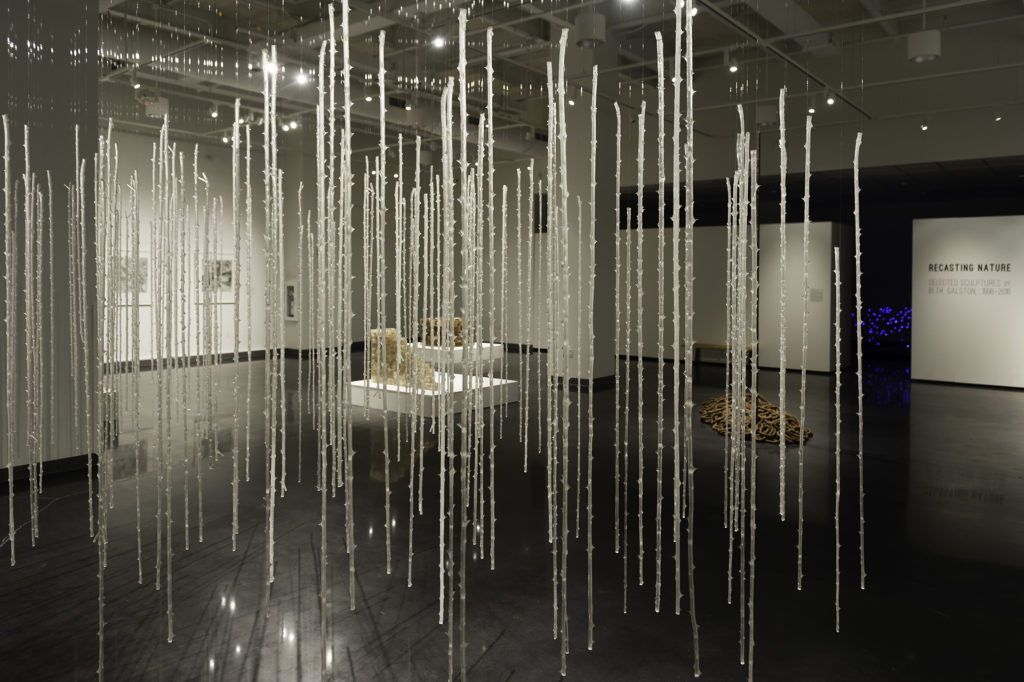
Photo 4: You are standing behind Ice Forest, an immersive environment of more than 150 cast resin rose stems. Suspended from the ceiling, the crystalline stems interact with light to create a magical space through which viewers can walk. Across the gallery, on the right, you can see hints of glowing blue lights at the entry to Luminous Garden (Wave).
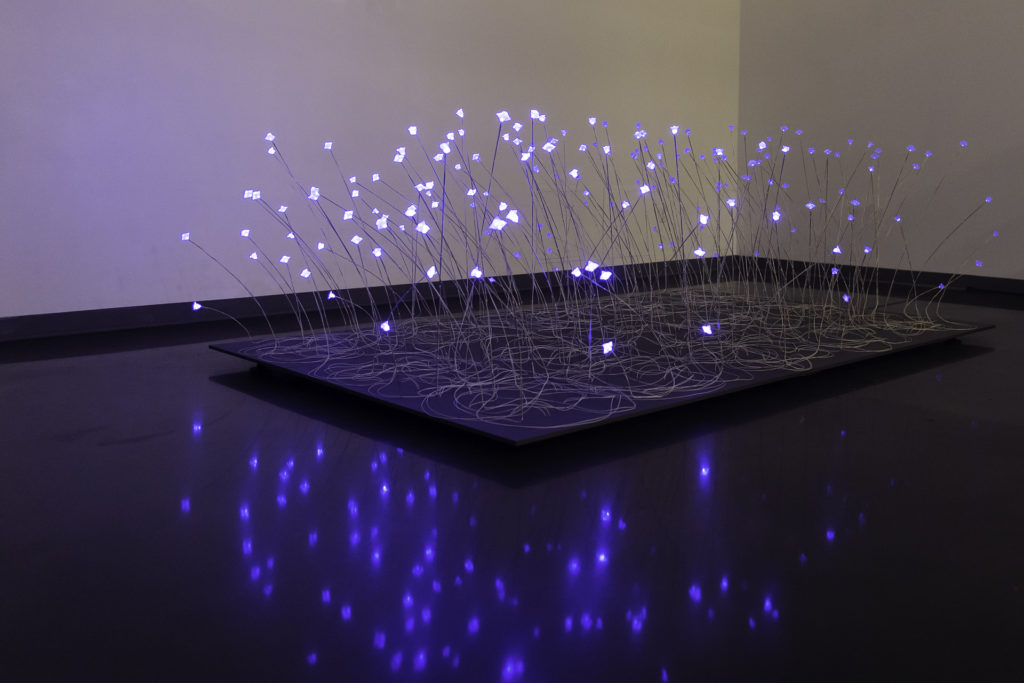
Photo 5: Luminous Garden (Wave) is a computer-controlled light installation made of hundreds of tiny blue LEDs embedded within cast resin seedpods and set atop piano wires. This man-made environment evokes a landscape or garden. The effect of this particular color of blue LED lights is calming and meditative. The programming of lights creates a slow cycle of changes like a wave or breath, so when you are in the space it slows you down and makes you aware of your own breath.
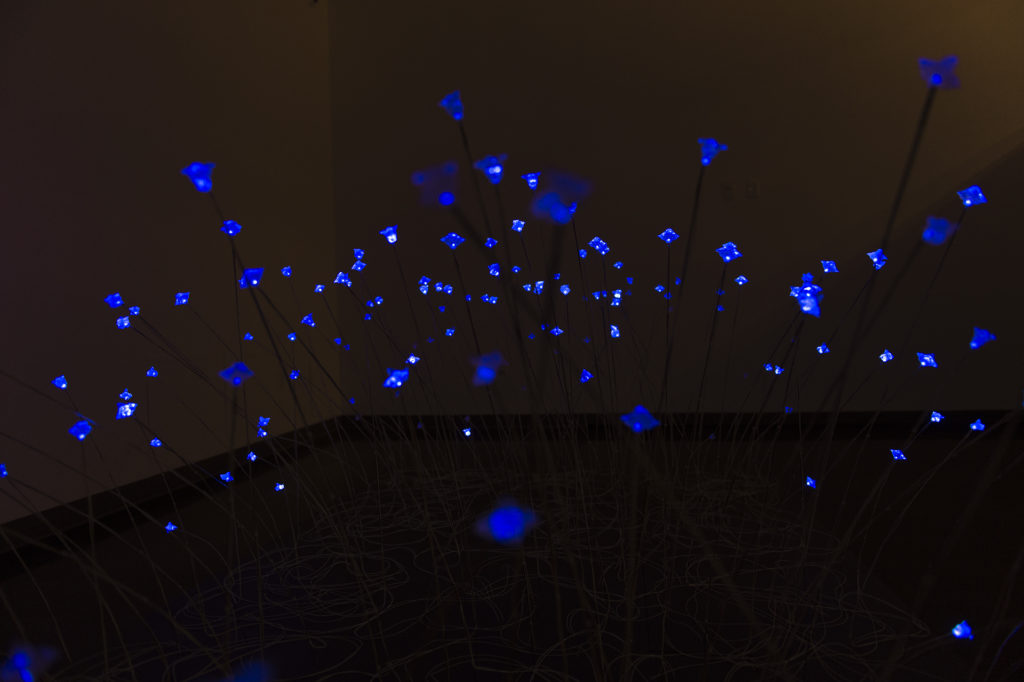
Photo 6: This is a detail view of the glowing blue seedpods in Luminous Garden (Wave), which appear to hover in the air like fireflies.
I have learned so much seeing my works from the last two decades together in one space, and have been thrilled with viewers’ responses. I have witnessed how the various sculptures explore relationships between the natural and man-made worlds, and how these themes have circled around over the years in new forms and materials. Whether using leaves or light, I seek to create a sense of wonder so that viewers can see the world with fresh eyes.
It has been a pleasure taking you on a tour of the exhibit. Coincidentally, the day that this blog will be published is the last day of the Susquehanna exhibition. Then, several of the works — the entire Ice Forest installation, Tangle, Water Chestnut Sphere, and two series of prints — will travel to the Cynthia-Reeves Gallery in North Adams, MA, located right next to MassMOCA. The exhibit runs from September 29 – November 13, 2016. If you are visiting western Massachusetts for art viewing or leaf peeping this fall, please stop by the gallery! Feel free to contact me, I’d love to hear your thoughts. You can find additional information about “Recasting Nature”, including a review, interview and artist statement on my website.
Thanks for reading and looking!
Best wishes,
Beth
Photos by Elizabeth Stene
